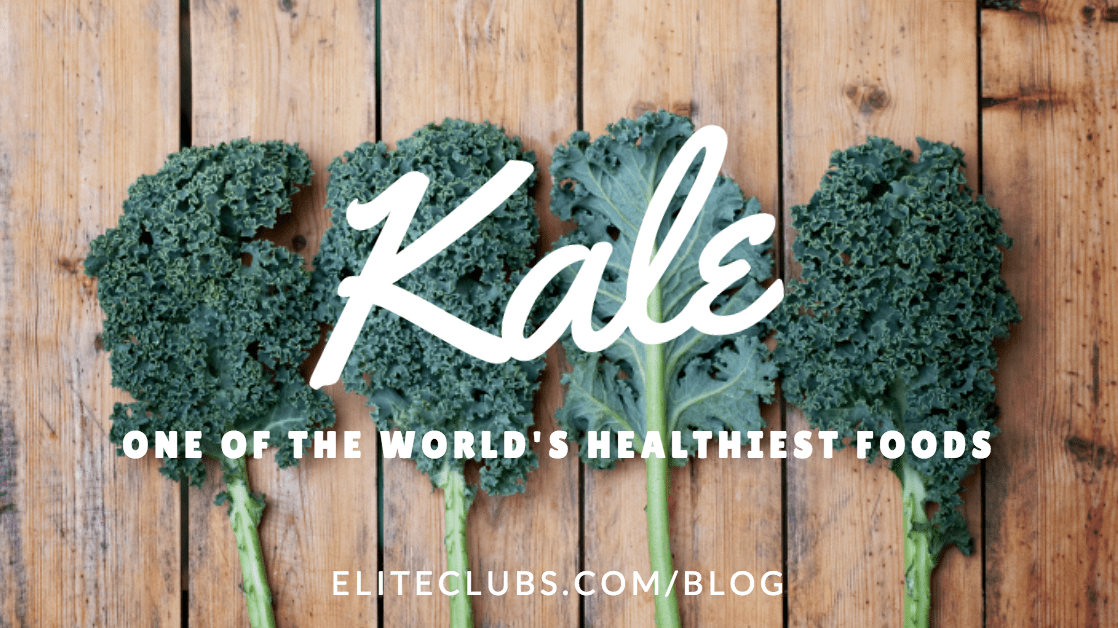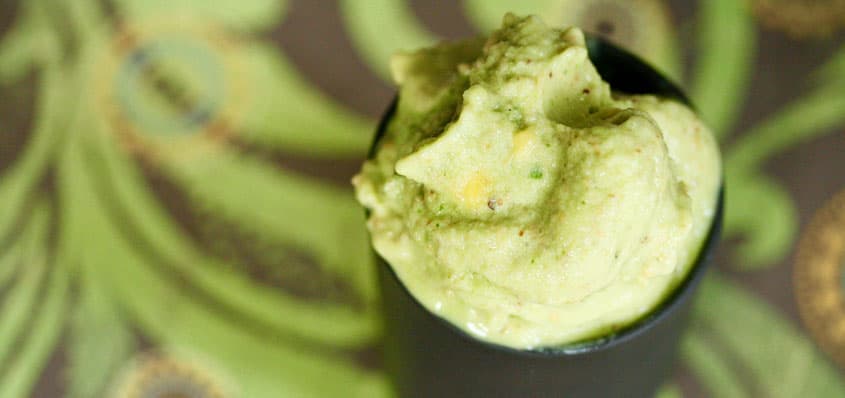
It is remarkable how much press the vegetable, Kale, has been receiving. Looking closer you find a very diverse and tasty vegetable that is actually very adaptable to many good recipes. It is now called one of “the World’s Healthiest Foods.”
Kale is 33 calories for a firm measuring cup full. Also known as leaf cabbage, it is part of a group of vegetable cultivars within the plant species Brassica oleracea. They have green or purple leaves, in which the central leaves do not form a head. So, what’s all the hype?
Kale Nutrients:
Kale is high in potassium, vitamin A and C, your most celebrated nutrients from vegetables. In fact, one serving of it provides all that you need for an entire day of these vitamins. It is also a very good source of vitamin B6 , dietary fiber, calcium, vitamin E, iron, magnesium, protein, folate, and niacin.
Some people prefer to eat Kale over other high potassium foods, such as bananas, because it contains fewer calories. Potassium itself is essential part of heart health, according to the American Heart Association.
Cooking & Storing:
Kale can best be purchased in its fresh form and in freezer bags. If you buy it fresh, it can be washed, cleaned, and frozen in air tight bags for several weeks. So it is easily accessible.
It will also provide you with some special cholesterol-lowering benefits if you cook it by steaming. The fiber-related components in Kale do a better job of binding together with bile acids in your digestive tract when they’ve been steamed. When this binding occurs, it is easier for bile acids to be excreted, and the result is a lowering of your cholesterol.
Disease Prevention:
Kale’s risk-lowering ability for cancer has recently been extended to at least five types of cancer. Glucosinolates in this leafy green play a primary role in achieving these risk-lowering benefits.
It is also recognized as providing comprehensive support for the body’s detoxification system. This is a natural process, together with the body’s fluids, and you can view it as a natural cleanse.
Lastly, Kale now has been identified as containing over 45 different flavonoids. These combine both antioxidant and anti-inflammatory benefits in a way that gives the veggie a leading dietary role in the process of disease prevention. You will be hearing more in the future regarding these foods which can help keep you in good health based on their anti-inflammatory properties.
Serving Suggestions:
So, how is it best eaten? At a minimum, include a cruciferous vegetable at least 2-3 times per week in 1.5 cup serving sizes.
I suggest steaming the vegetable for 5 minutes. Cut the leaves in 1/2 inch slices and the stems even smaller as 1/4 inch lengths. After cutting, let the vegetable sit for at least 5 minutes to enhance their health-promoting qualities before cooking.
In talking with many clients, they enjoy kale in smoothies, broiled in the oven with olive oil as a crispy snack, or steaming briefly and then adding a tasty salad dressing for more flavor. It is not as difficult as you might think to have this fibrous, very healthy, new green vegetables on a very regular basis.
Try These Kale Recipes:
Mango Kale Smoothie
“If you’ve got an ice cream craving try this thick, rich smoothie that will delight any frozen treat fan. Mango naturally sweetens kale, and chunky pistachios add a pleasant texture and more nutrients like B6. If you don’t have pistachios on hand, use walnuts, almonds, or pecans instead.” View the recipe here.
Kale Spaghetti and Meatballs
“Next time you make meatballs, beef up the nutrition by adding kale. This hearty dinner is perfect for Sunday night dinner with the family or to enjoy as lunch throughout the week. If you want a pasta-free base for your meal, shred zucchini and toss in a little olive oil or serve the meatballs over a bed of greens.” View the recipe here.
Written by Rita Larsen, RDN, CD; Elite Sports Clubs Nutrition Educator & Diet Counselor
Rita is certified in Positive Psychology, University of Penn; has a BS in Dietetics from Kansas State University; and an Internship and Masters at the Indiana University Medical Center.
Schedule a Nutrition Consultation

